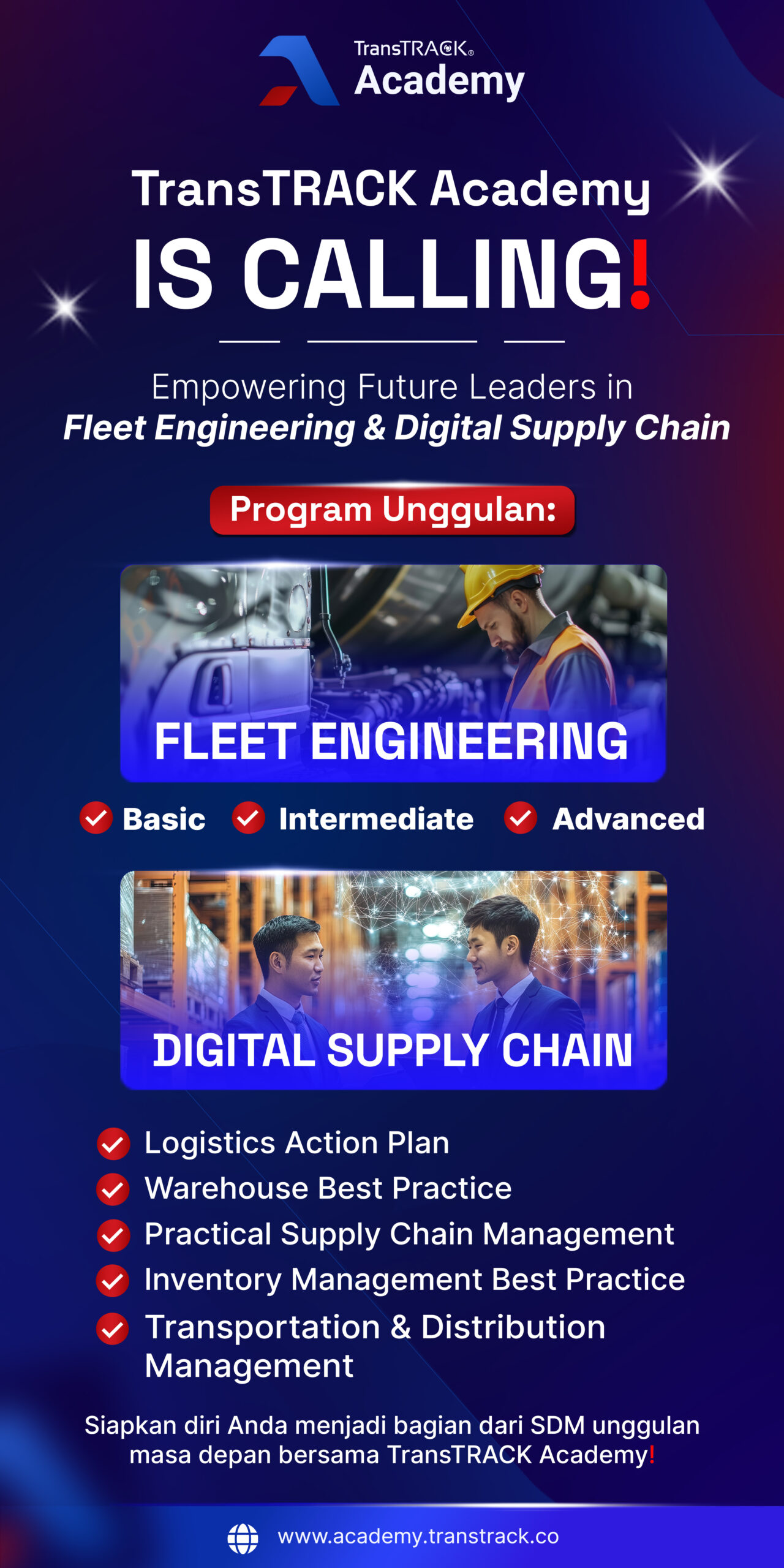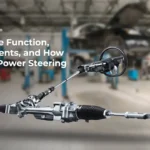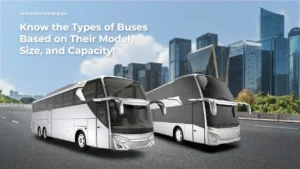What is Internet of Things, How IoT Works and Its Benefits!
Posted on July 28, 2025 by Nur Wachda Mihmidati
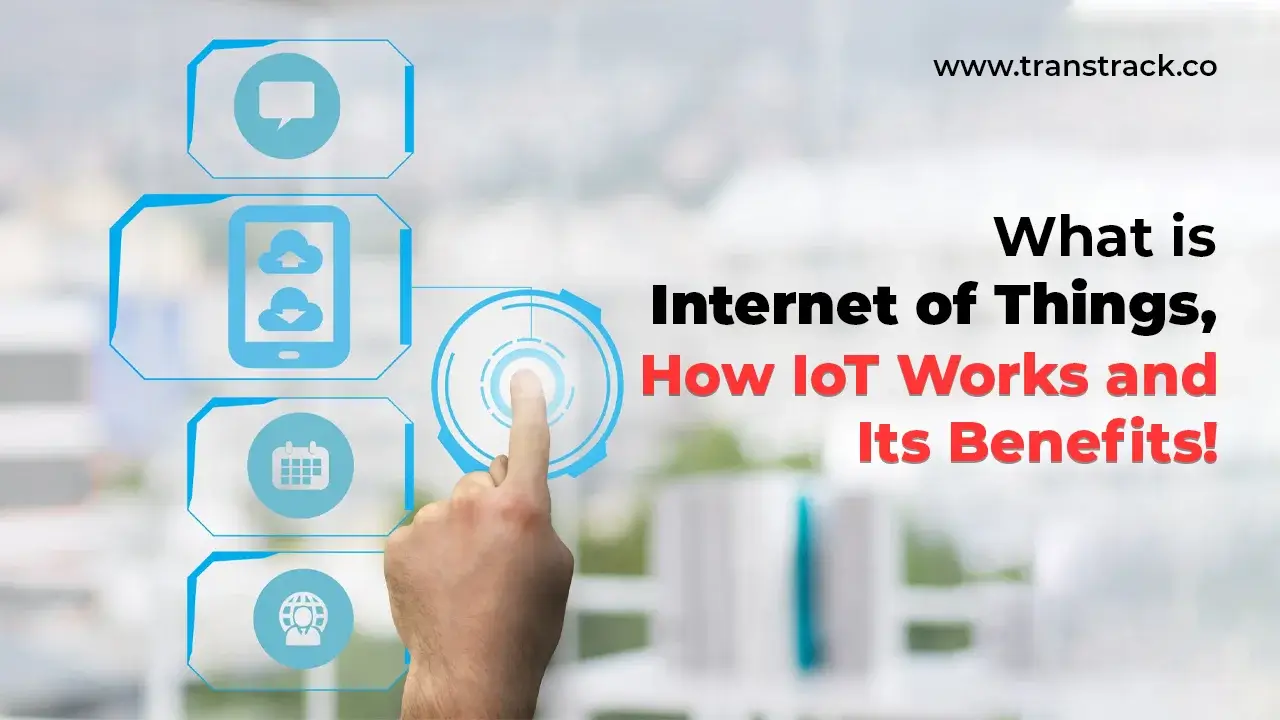
Internet of Things (IoT) is a network of physical objects equipped with sensor systems, software and other technology. Through connection to the Internet, these objects have the ability to share data directly with other devices and systems connected to the same network.
In this TransTRACK article, we will share information about IoT and its benefits for everyday human life.
Internet of Things, What is Meant?
IoT stands for Internet of Things where this series describes physical devices, transportation, equipment, and other physical objects complete with sensors, software, and networks that enable various data to become one unit.
These devices, which are also known as “smart things,” range from simple devices in a “smart home” such as smart thermostats, to wearables such as smart watches and clothing with RFID technology, and machines. -industrial machines and complex transportation systems. Technology experts even anticipate the potential for the creation of entire “smart cities” based on the concept of Internet of Things technology.
Functions of the Internet of Things in Various Industries
examples of iot in everyday life can range from domestic needs such as home security, temperature control and lighting systems, to its application in industries such as manufacturing, the defense sector, and many more. These various applications are categorized for commercial, consumer, industrial and infrastructure purposes.
Below are some examples of common applications for IoT technology:
Use for Consumers
There are a variety of uses for IoT that benefit consumers, including connected cars, connected health solutions, home automation (such as lighting and audio settings), wearable technology, and appliances that have remote monitoring capabilities, such as doorbells with remote cameras. Many of these are also important elements in the context of a smart home.
Smart Home App
Lighting, heating, air conditioning, as well as media devices and security systems are aspects of the home that are part of the IoT network. This provides benefits in energy savings by automatically turning off inactive devices. Many smart homes have a control center or hub device that connects to smart appliances and devices.
Control is usually done via a smartphone, tablet, or other device, sometimes without the need for an additional Wi-Fi network. This system can be integrated with independent platforms such as Apple Home to Amazon Echo.
Applications in the Medical and Health Field
IoT can be utilized for a variety of diverse medical and healthcare purposes, including data collection and analysis for research and patient monitoring. When applied in such a context, IoT is known as the ‘Internet of Medical Things (IoMT).’
IoMT, also known as ‘smart healthcare,’ connects resources and services to form a digital healthcare system that has the capability to monitor notifications and health emergencies.
This includes blood pressure and heart rate monitoring, pacemaker devices, and advanced hearing aids. Furthermore, some hospitals have installed ‘smart beds’ that are able to detect if the bed is occupied or if the patient tries to stand up. This bed can also be adjusted to ensure that the patient receives the appropriate pressure and support automatically.
Applications in the Field of Transportation
The Internet of Things (IoT) has a number of significant applications in the transportation sector, including vehicle-to-vehicle and in-vehicle communication, intelligent traffic management systems, smart parking facilities, toll collection, logistics, fleet management, vehicle control, as well as aspects of safety and security. road assistance.
Through the integration between vehicles and transportation infrastructure, the Internet of Things is also able to present the concepts of vehicle-to-all (V2X) communication, vehicle-to-vehicle (V2V) communication, vehicle-to-infrastructure (V2I) communication, and vehicle-to-vehicle communication. -pedestrians (V2P). This IoT communication system paved the way for the development of autonomous vehicles and the development of connected road infrastructure.
Utilization in Agriculture
IoT applications in the agricultural sector include collecting data related to weather conditions, soil characteristics and pest attacks. This information is useful for automating agricultural techniques, providing guidance in decision making, increasing safety levels, reducing waste, and increasing efficiency. With the application of artificial intelligence technology and certain software, various aspects, from land maintenance to fish farming, can be improved.
Utilization in Retail
In the retail sector, IoT supports smart inventory management through shelf sensors and automated stock monitoring systems. Retailers can accurately know the stock of goods, speed up restocking, and analyze customer shopping patterns. This helps create a more personalized and efficient shopping experience.
Utilization in Energy
IoT helps energy companies and consumers monitor consumption in real-time, identify waste, and manage energy use efficiently. Smart meter systems and environmental sensors are also used to optimize energy distribution and reduce operational costs and carbon emissions.
How Does IoT Work?
These devices adopt the Internet protocol (IP), the same protocols used to identify computers in cyberspace and enable interaction between them. The underlying intent of the Internet of Things is to enable devices to provide real-time reporting about themselves, increase efficiency, and deliver critical information more quickly than systems that rely on human intervention.
The IoT platform is designed to identify valuable data and distinguish what is not useful, to find patterns, provide recommendations, and detect problems, often before they arise.
Conclusion
Utilizing the Internet of Things (IoT) has become a strategic necessity for businesses that want to survive and thrive in the digital age. From manufacturing to logistics, retail, and energy-IoT opens up great opportunities to improve efficiency, security, and real-time data-driven decision-making.
For effective digital transformation, a reliable, integrated, and easy-to-use platform is needed.
TransTRACK comes as a complete IoT technology solution to support your business operations.
With real-time tracking, asset management, and sensor-based monitoring systems, TransTRACK helps companies create smarter, faster, and more controllable work processes.

Increase your competitiveness and operational efficiency. Start your business digitization journey with TransTRACK today.
Free consultation now and find the right solution for your business needs.
Recent Post
Know the Function, Components, and How Electric Power Steering Works!
December 24, 2025Know the Types of Buses Based on Their Model, Size, and Capacity!
December 22, 2025Topic :
Recommended Articles
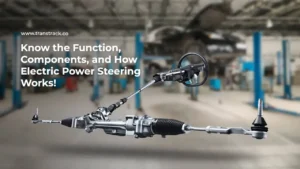
 Bahasa Indonesia
Bahasa Indonesia


